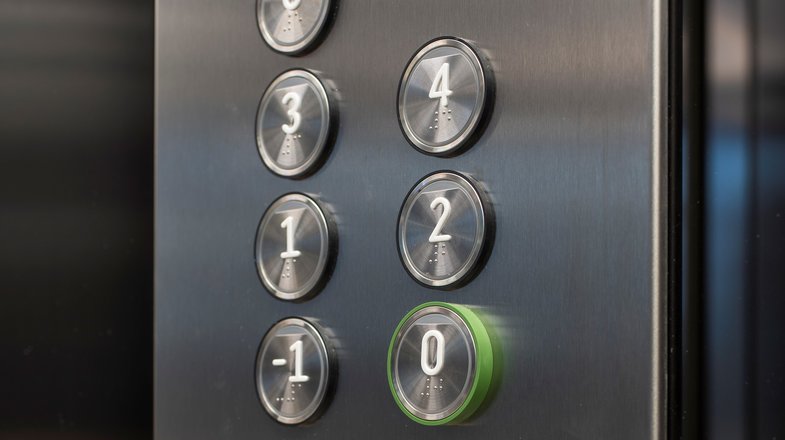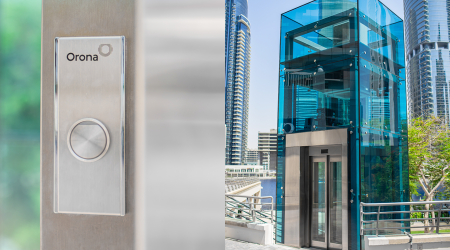200 years of Braille
A fundamental system for accessibility in lifts.
03 Jul 2024

Braille is a tactile reading and writing method for people who are blind or visually impaired. It uses combinations of raised dots arranged in 2-column, 3-row cells to represent letters, numbers, punctuation marks, mathematical and scientific symbols, thus providing an accessible and effective means of communication.
A story of overcoming and adapting to adverse circumstances, which not only improved the life of a young blind boy, but has transformed the daily lives of millions of blind and visually impaired people around the world.
-
History
Louis Braille was born in France in 1809. When he was 3 years old, he suffered an accident with an awl used by his father to pierce leather in the family workshop. After some time, that eye became so infected that the infection spread to the other eye, causing him to become completely blind at the early age of 5. But that never stopped him. He always showed exceptional intelligence and determination, which led him to the National Institute for Young Blind People in Paris.
There, he met Charles Barbier, a French army officer who introduced the school to night writing. This type of writing was intended for more tactical purposes, as it was designed to enable soldiers to communicate without sound and light on the battlefield. However, this system had some shortcomings in terms of its usefulness for teaching those young people: it did not have upper and lower case letters and it was very complex to write.
Braille, on the other hand, saw it as an opportunity. Having a base from which to start, he worked tirelessly until, at the age of 15, he completed the system we know today: the combination of raised dots organised in cells of 2 columns and 3 rows.
-
Braille in lifts
A fundamental step in favour of inclusion and accessibility.
Lifts have become key elements of buildings, both residential and commercial, and have evolved significantly to include a variety of features that promote inclusion and accessibility for people.
This system not only ensures that visually impaired people can move around buildings independently, but can also do so in greater safety and comfort. Thanks to Braille, it is possible to indicate the floors, the opening and closing of doors or the emergency alarm.
Technological advances have allowed for a more effective and aesthetic integration of Braille in lifts. Lift manufacturers, such as Orona, have developed buttons with Braille inscriptions that are durable and easy to read by touch. In addition, the location and design of the buttons are carefully planned to ensure that they are easily accessible to all users.

